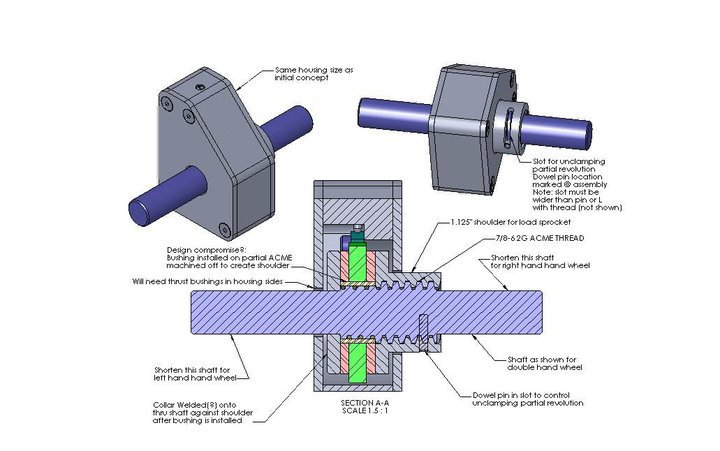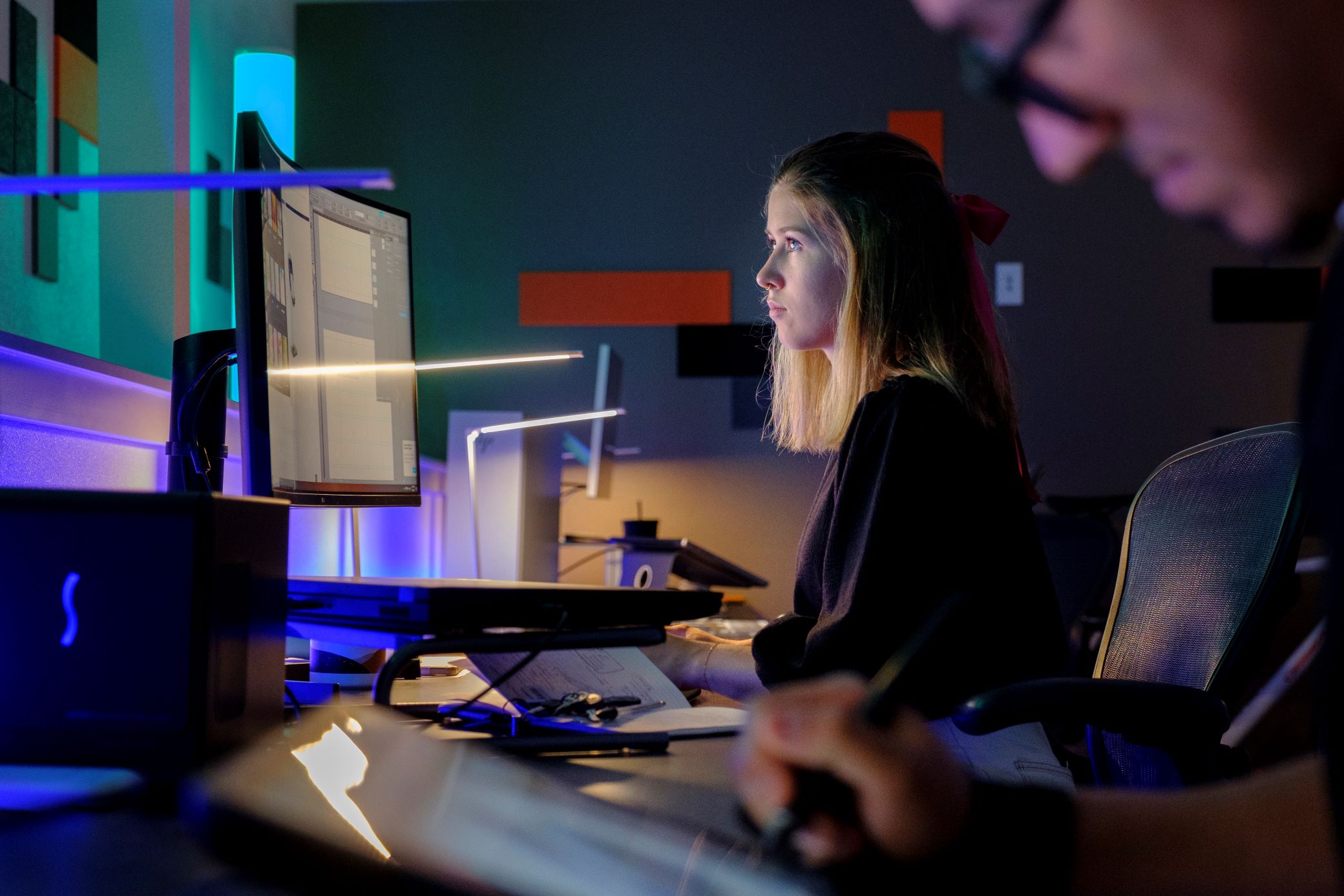The Internet of Things (IoT) has been a transformative force in many industries, and industrial design is no exception. In the past few decades, we've seen a rapid proliferation of connected devices and smart objects that are reshaping the way products are designed, developed, and used. This article explores how IoT is changing the landscape of industrial design and what it means for designers, engineers, and end-users.
The Rise of Connected Objects
At the heart of the IoT revolution is the concept of connected objects - physical devices that are embedded with sensors, software, and network connectivity, allowing them to collect and exchange data. These objects can range from simple sensors and actuators to complex systems like smart home appliances, wearable devices, and industrial machinery.
One example of a connected object is a small, internet-connected box that can be programmed using plain English, without requiring any coding skills. This device is equipped with WiFi connectivity, internal and external sensors, and a simple web app that allows users to connect their physical stuff to the web. Using a basic if/then interface, the device can be set up to send emails, tweets, or text messages based on inputs from its sensors.
Such devices fall into the category of IoT products that have been around since the '90s but are now gaining significant traction. Some other examples include wireless, wearable activity and sleep trackers, and smart clothing that allows parents to monitor their kids' respiratory activity via a smartphone app.
Implications for Industrial Design
The rise of IoT has significant implications for industrial designers. Many designers started their careers when there were very few connected objects, but we are now rapidly progressing into a world where most objects will be connected. This shift is changing the way products are designed and developed, with user interface design becoming an integral part of the process.
As more products become connected, industrial designers will need to work closely with interaction designers and engineers to create seamless, user-friendly experiences. This collaboration is already happening in many product development firms, where teams of industrial designers, interaction designers, and engineers work side by side on IoT projects.
Another important aspect of designing for IoT is staying up-to-date with emerging technologies and trends. Designers need to be aware of the latest advancements in sensors, connectivity, and data analytics to create products that are not only functional but also future-proof. This requires a constant learning mindset and a willingness to experiment with new tools and techniques.
Empowering End-Users
One of the most exciting aspects of IoT is its potential to empower end-users with greater control and customization over their devices. Many IoT products, like the programmable box mentioned earlier, allow users to set up their own rules and interactions without requiring any coding skills. This puts the power of the web and connected devices into the hands of average users, letting their imagination dictate how the device functions.
This user-driven approach is a departure from traditional product development, where designers and engineers create products based on their own understanding of user needs. With IoT, the focus shifts to providing users with the tools and flexibility to tailor the product to their specific requirements. This not only leads to more personalized experiences but also opens up new possibilities for innovation and creativity.
IoT as a Research Tool
For industrial designers, IoT devices can also serve as valuable research tools. By observing how users interact with and customize their connected devices, designers can gain insights into unmet needs, pain points, and opportunities for innovation. Online forums and communities around IoT products can provide a rich pool of data and inspiration for designers looking to create new products or improve existing ones.
This approach aligns with the concept of "democratizing innovation," where design tools are put into the hands of users to help create new products. IoT devices like the programmable box are well-suited for this function, as they have a relatively easy learning curve and allow users to experiment and prototype their own ideas.
Balancing Innovation and Practicality
As with any new technology, there is a risk of going overboard with IoT, creating products that are more gimmicky than useful. Designers need to strike a balance between pushing the boundaries of what's possible and creating products that solve real problems and meet genuine user needs.
This requires a deep understanding of the target users, their context, and their goals. Designers should conduct thorough user research, using techniques like interviews, observations, and usability testing to validate their assumptions and refine their designs. They should also be mindful of potential privacy and security concerns, ensuring that connected devices are designed with appropriate safeguards and user controls.
Conclusion
The Internet of Things is transforming the world of industrial design, creating new opportunities and challenges for designers, engineers, and end-users alike. As more objects become connected, designers will need to adapt their skills and processes to create products that are not only functional but also user-friendly, customizable, and future-proof.
At the same time, IoT opens up new avenues for user-driven innovation and research, allowing designers to tap into the collective creativity and insights of their target audience. By striking a balance between innovation and practicality, and by putting the needs and desires of users at the forefront, industrial designers can harness the power of IoT to create products that are truly transformative.
As we move into an increasingly connected future, it's clear that IoT will continue to shape the evolution of industrial design. Designers who embrace this change and learn to navigate the complexities of the IoT landscape will be well-positioned to create products that not only meet the needs of today but also anticipate the demands of tomorrow.
.jpg)



